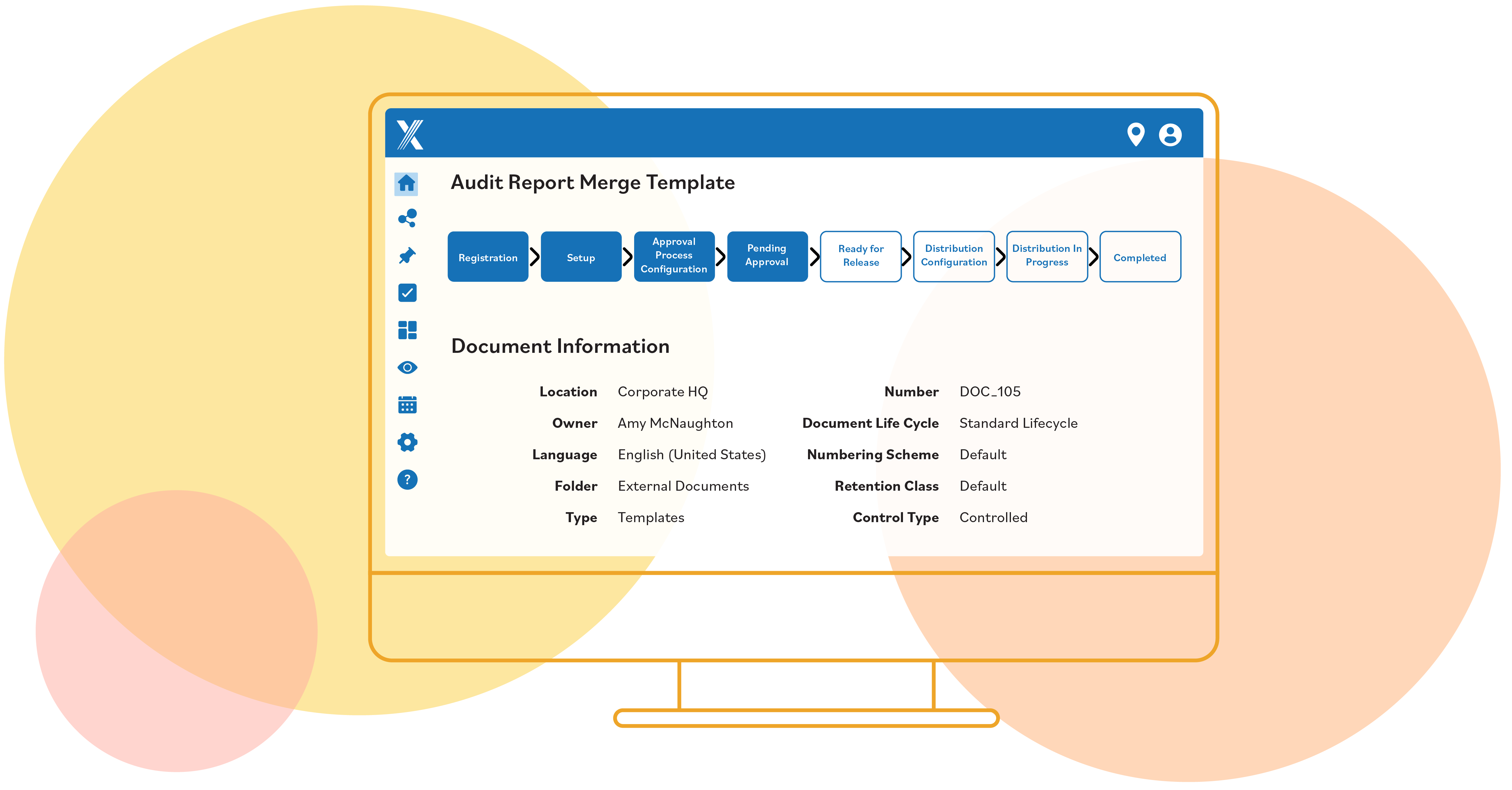Artificial Intelligence Stakes its Claim in EHS Management
February 8, 2022

Artificial intelligence (AI) technology is well-suited for helping with environmental, health and safety (EHS) management.
In a recent survey of global health and safety leaders, 53% ranked using AI to automate permit compliance as the most, or second-most, impactful use case.
You can use AI to tackle the difficult job of keeping up with complex and constantly-changing rules, regulations, compliance, permits, consent decrees and other critical EHS documents.
This task is called document deconstruction. It’s the task of identifying the actions that EHS professionals must take. It’s time consuming, complicated and labor intensive, which also makes it expensive. If not done right, it can lead to mistakes that result in risks, fines and other penalties.
ehsAI, based in Vancouver, Canada, created an AI tool that uses machine learning and language understanding to automatically break down and make sense of EHS documents. Their online service reads these documents, figures out what a business needs to do to follow the rules, and turns this information into clear tasks. This information can then be easily moved into EHS management programs like Intelex EHS Management Software to help businesses stay on top of their duties and get things done on time.
Watch our demo “How Intelex’s New AI Tool Streamlines and Simplifies Compliance” to see ehsAI in action.
AI for EHS Management Decision Making
AI doesn’t make decisions in document deconstruction.
Instead, it supports EHS decision making by flagging compliance action items.
ehsAI’s technology uploads files, scans through compliance, regulatory and other documents, identifies important items and generates an indexed list of compliance action items. It can quickly process and analyze documents much faster than humanly possible.
The human role in training AI for document deconstruction
Many simple day-to-day tasks can be replaced by training an algorithm. But people are still essential to document deconstruction. Not just at the back end of decision making and action, but also for laying the groundwork for EHS algorithms.
The necessary instruction for building an EHS algorithm requires basic details that people must input, including:
- defining and identifying numeric chapter numbers and citations in documents
- adding indications of new paragraphs, chapters or other items.
- The algorithm has an instruction sequence of what should happen when encountering a citation and if formats are consistent, and words spelled exactly the same, then things move along.
This might sound like humans will still have a lot of grunt work on their task list.
But, there is good news.
As the AI module encounters discrepancies or deviations and makes predictions for the correct answer. Every time a prediction is wrong and corrected, the module incorporates that lesson and learns to make a better prediction next time.
This means that as the module learns, EHS professionals will have less grunt work to do and more time to make positive changes in the organization.
Training AI to streamline EHS management
The team at ehsAI spent almost two years mapping out how the AI needed to work to help EHS managers with their jobs.
It involved understanding the workflows of EHS managers, understanding the requirements in thousands of regulatory and compliance legislation.
They also had to make sure the AI could understand how rules in one document might be connected to rules in another.
Creating the AI playbook
Margery Moore, founder of ehsAI, highlights the rigorous process her team undertook to ensure their AI could think and analyze like an EHS professional. They meticulously mapped out regulatory processes and studied the workflows of EHS experts, creating numerous decision trees over two years to train the AI, given the variation and complexity of EHS documents.
The team worked on refining the data from these documents, which often varied in quality and consistency, to make it understandable for the AI. Moore points out that while some programming tasks were straightforward, others required deep EHS knowledge, emphasizing the blend of technology and expertise.
Moore shares that their AI significantly cuts down the time spent analyzing complex permits and standards—from dozens of hours to mere minutes. This efficiency is crucial for consultants who traditionally bill by the hour and face pressure to adopt such time-saving technologies to remain competitive and profitable.
FAQs about AI for EHS
How does the software handle variations in document structure and language?
The ehsAI software is designed to adapt to various document structures and languages by using machine learning algorithms that can recognize and learn from patterns over time. As it processes more documents, it becomes better at handling inconsistencies and understanding the context, even when there are variations in how information is presented. The system is programmed to identify key compliance action items and it continually improves its accuracy through feedback and corrections. This means that the more it’s used, the more reliable it becomes.
How does the software integrate with existing EHS management systems and workflows?
When it comes to integrating with existing EHS management systems, ehsAI’s output can be exported in a format that is compatible with various EHS software, such as Intelex EHS Management Software. This means that the AI’s findings on compliance action items can be easily incorporated into a company’s established EHS management protocols, aiding in seamless workflow continuation and ensuring that the transition to using AI assistance is as smooth as possible for EHS professionals.
Can you provide specific results or metrics that demonstrate the effectiveness of ehsAI?
ehsAI has been proven to significantly cut down the time spent on analyzing complex permits and standards. For example, a process that would normally take 40 to 60 hours, such as deconstructing a Title V Operating permit, can be accomplished by ehsAI in about 3 hours. This level of efficiency not only saves time but also allows EHS professionals to focus on more strategic tasks.
Want to learn more about applying AI to worker wellness and safety? Read the Intelex Insight Report: Keeping the Human in Artificial Intelligence.





